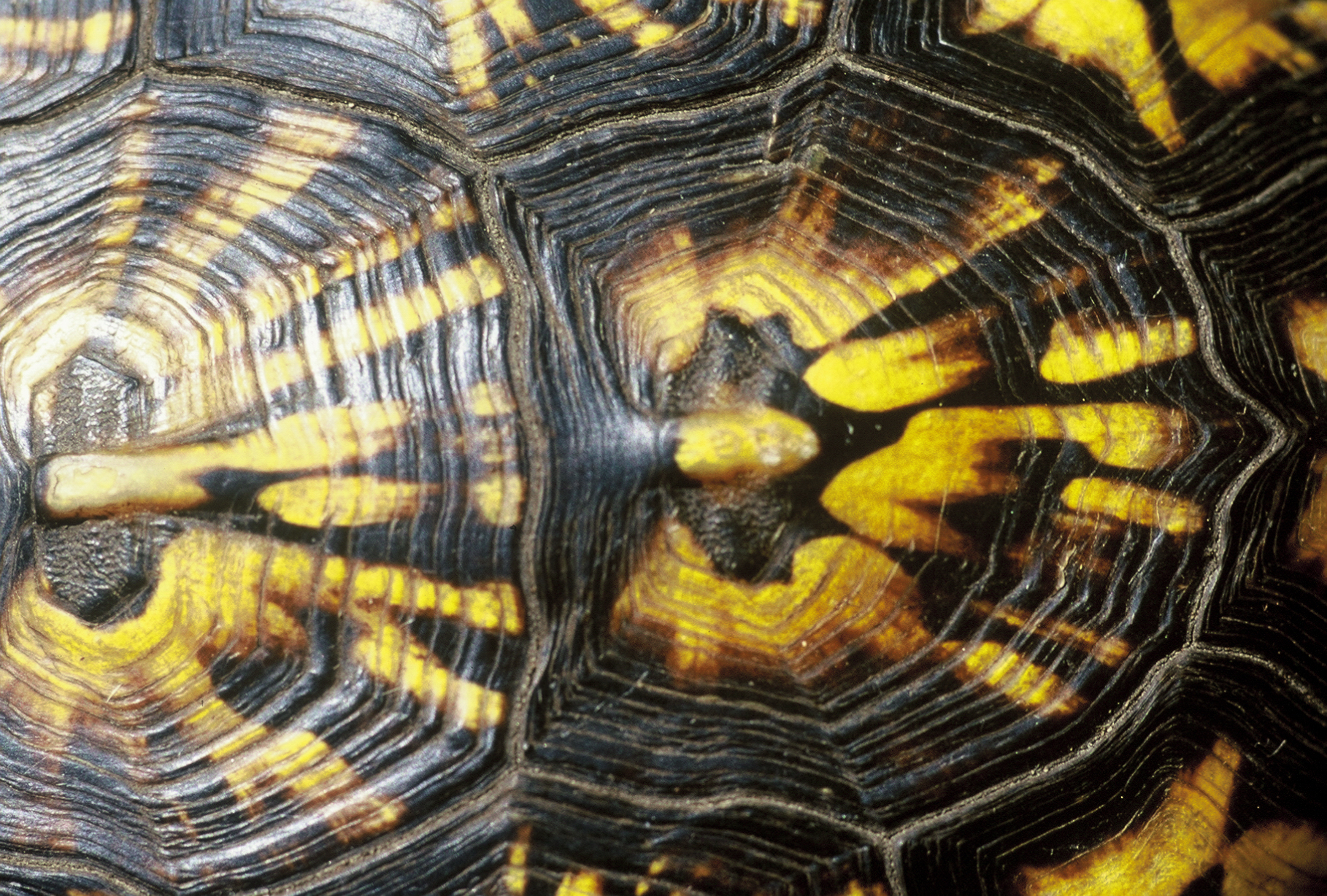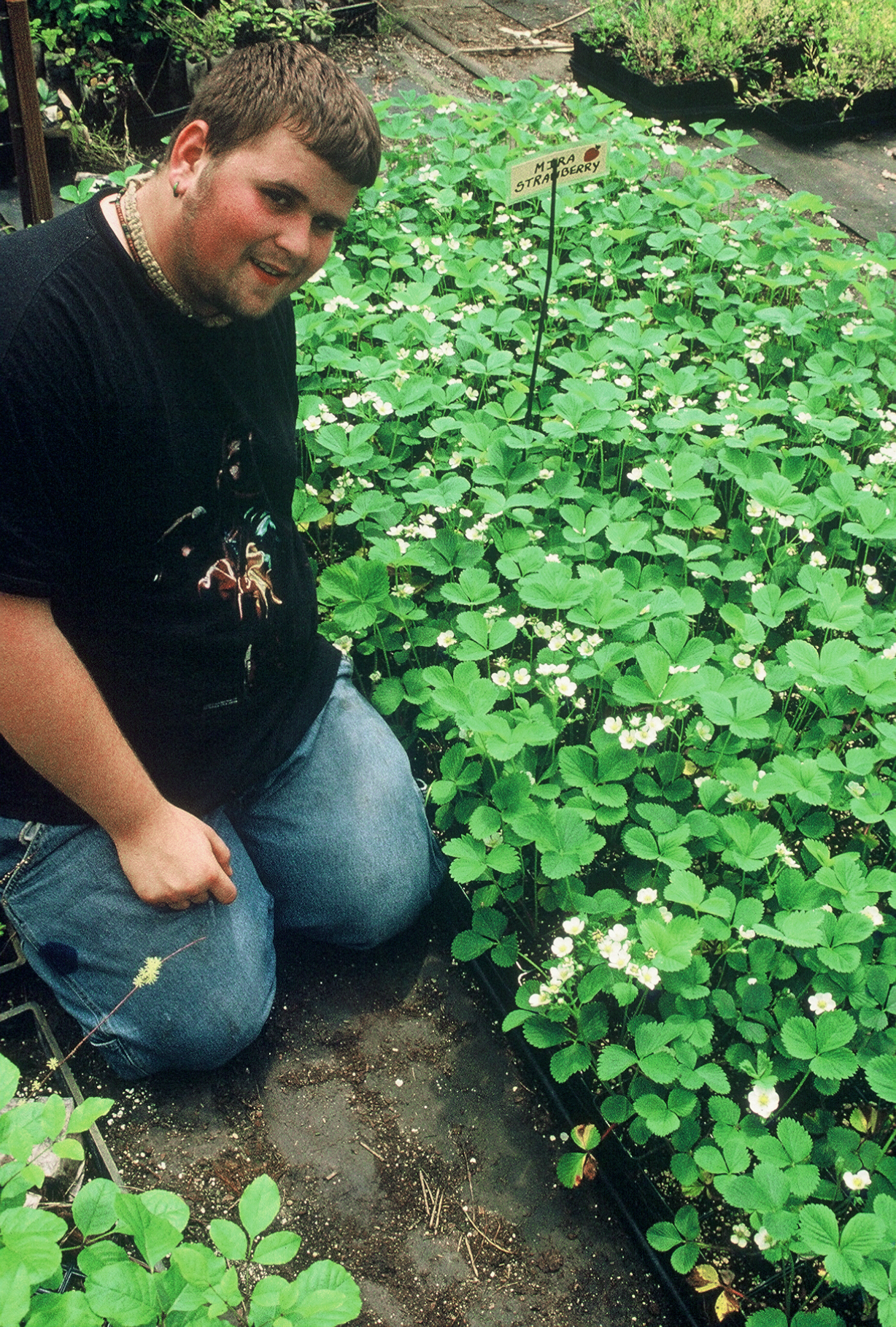


currently unavailable Dwarf Shrub Species of Chestnut
Shrub species of chestnut found throughout eastern North America from Florida to Maine. Chinquapin is one of those. It rarely is cultivated to any extent. This is partly due to propagation issues with the highly perishable seeds as well as no one knows much about it other than the botanical aspect of it related to the American chestnut. Yet it is easy to grow and fruit. It is practical to grow where you need a dwarf nut tree and it produces a lot of tiny delicious nuts easy to harvest as they hang in the tree.
Its low height reaching only 5-10 ft. along with the small acorn shaped nuts which stick on the outside of the husk makes harvesting very easy as they fall off into your hand when you pick or if you shake onto a tarp. The sweet nuts ripen in late August. From seed it takes about 3-6 years before the plants begin to bear. Trees are easy to establish and quickly grow into a wide branching shrub.
My strain originally came from an Ohio grower called Greg Miller. He is the owner of Empire Chestnut Company. Although not blight immune these shrubs are resistant enough to produce nuts in spite of the blight. Older trunks will fade with time but new sprouts constantly supply you with future branches for nut production. Productive branches will grow and produce up to 15 years at my farm. I have had very good production here in southern Michigan. It is not practical nor possible to take the skin off the nut. It is best to chew them up as they ripen off the bush. They are easy to collect and eat fresh right off the plant. It is possible that there could be better processing techniques developed or just grinding up the skin when processing to make flour. As is the nut is delicious and tastes great. Some people like them better than other chestnut. At this time our hybrids with this cross did not survive here. Newer ones were made, but it is likely the species itself is fully capable of large crops in a short period of time. It is just the processing and harvesting that needs to be worked out if done on a larger scale. No shipment to CA,OR,WA,NV,NM.
To germinate the seeds; The seeds sprout immediately upon collecting and do not require a cold treatment for sprouting the root. The root drops in the fall and the top then comes up after dormancy after winter. You cannot successfully over winter the nuts in a refrigerator, however you can fall plant them in a deep prop tray and lightly cover the seeds with a sand, perlite and peat mixture as long as it is aerated well and moisture is sufficient not to dry out the nuts for the whole winter. If dried out from winter, the nuts will also dry out and perish. Nuts are pilfered by mice and need to be protected from mice and chipmunks in the spring. A deep tray 6 inches is ideal or something that is like a raised bed with screening on both sides to protect against rodents.
| Plant Specs |
| Genus & Species |
Castanea pumila |
| Hardiness |
-25 F |
| Height (ft) |
8-15 ft. |
| Width (ft) |
10-20ft. |
| Pollination Requirements |
You need two plants of the same species in this case. Not self fertile. Does not cross much with other chestnuts naturally as the pollination times do not overlap. |
| Soil |
Lightly acidic soil. More forgiving in clay based loams than other chestnuts I have been told. Does develop chlorosis if in too alkaline of a situation. |
| Climate |
Zone 4-9. Does well in the north and south. |
| Ease of Cultivation |
One of the easiest to grow from seed and transplant to open field areas. Very drought tolerant once established and fruits heavy despite chestnut blight. Nuts are easy to grow but difficult to process as they are so tiny. So fresh eating is probably the only way to use them in a practical way. The plants need regeneration after 20 years and the older stems need to be cut out. Sprouts from the crown. |

